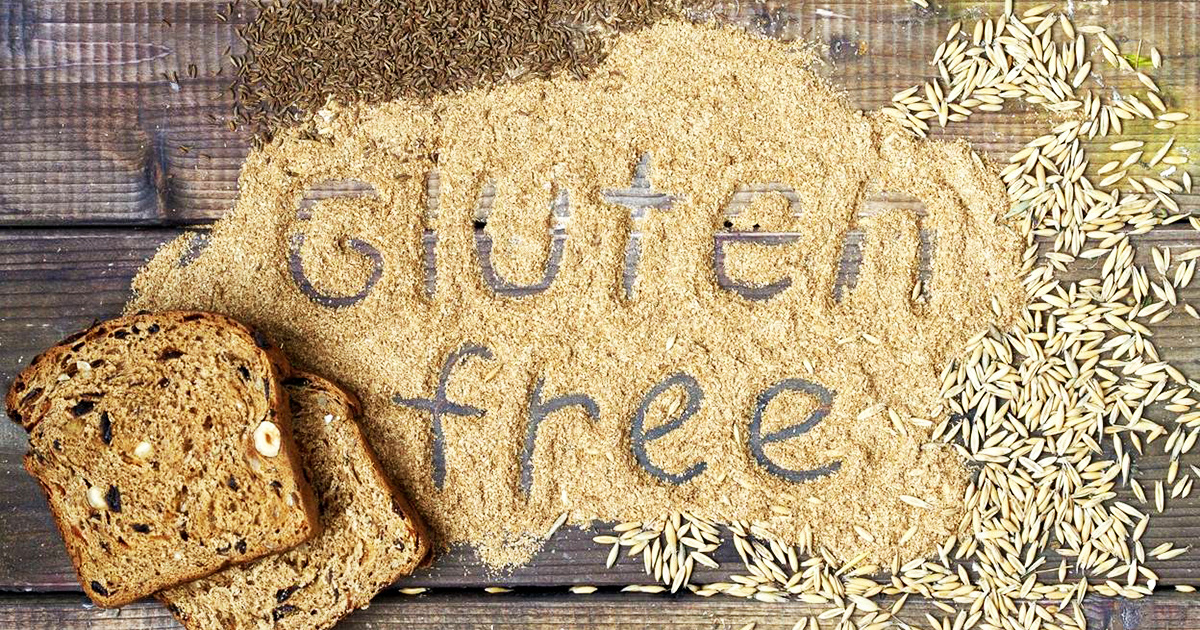MOST RECENT
POPULAR

The best of EcoWatch, right in your inbox. Sign up for our email newsletter!

By Rachael Link, MS, RD
Gluten is a protein found in certain types of grains, including wheat, barley and rye. It provides elasticity, allows bread to rise and gives foods a chewy texture (1, 2).
Although gluten is not a problem for most people, some may not tolerate it well.
Celiac disease is an autoimmune disease that triggers an immune response to gluten. For those with this disease or a gluten sensitivity, eating gluten can cause symptoms like bloating, diarrhea and stomach pain (3).
Many of the most commonly consumed grains contain gluten. However, there are plenty of nutritious gluten-free grains available, too.
This article will list nine gluten-free grains that are super healthy.
EcoWatch Daily Newsletter
Related Articles from EcoWatch
Recent Stories from EcoWatch

 233k
233k  41k
41k  Subscribe
Subscribe 